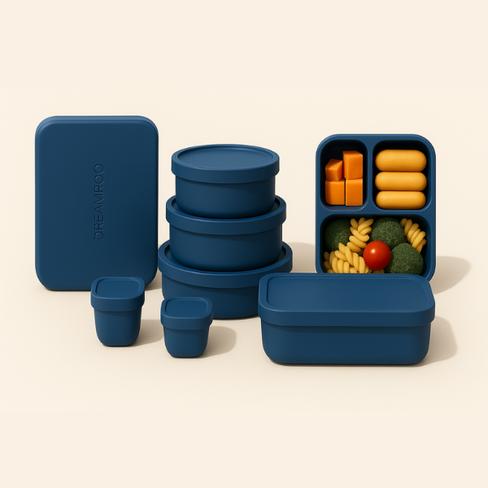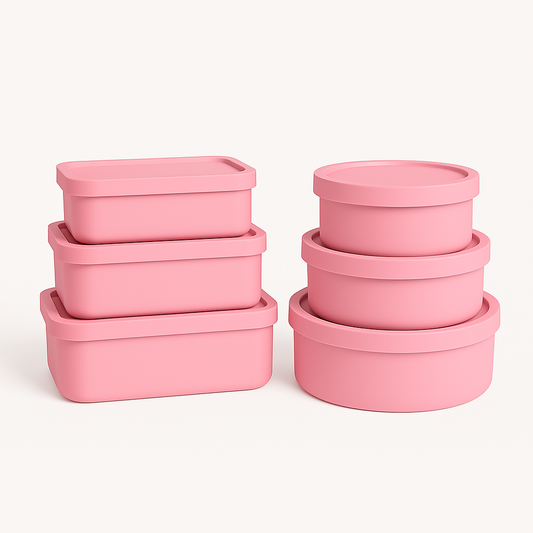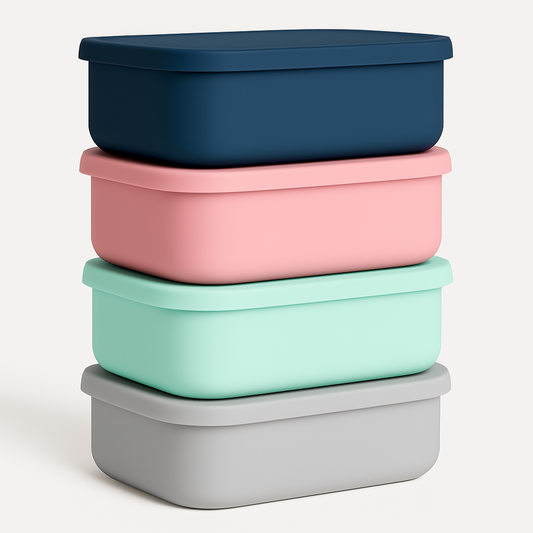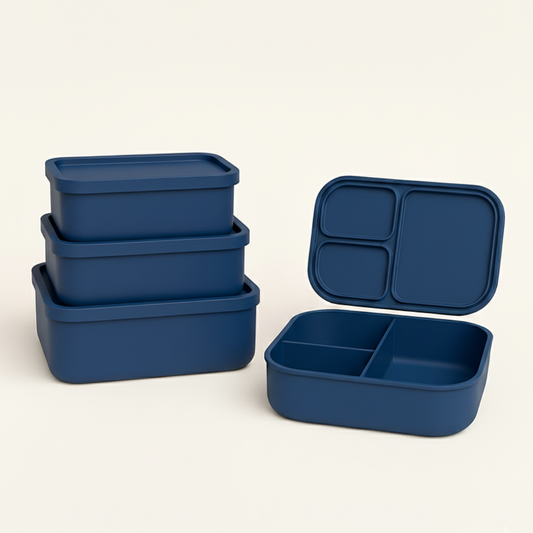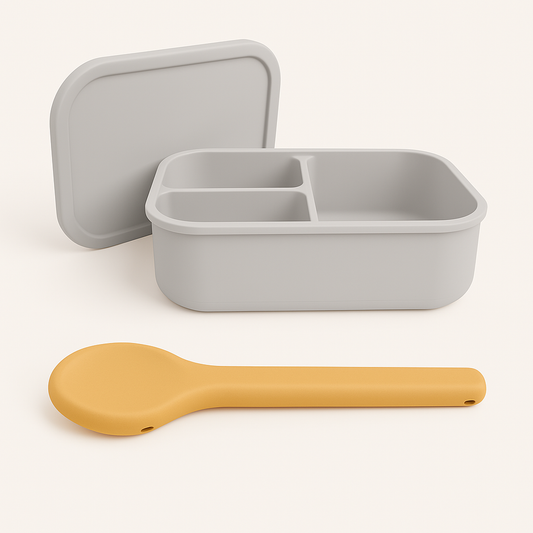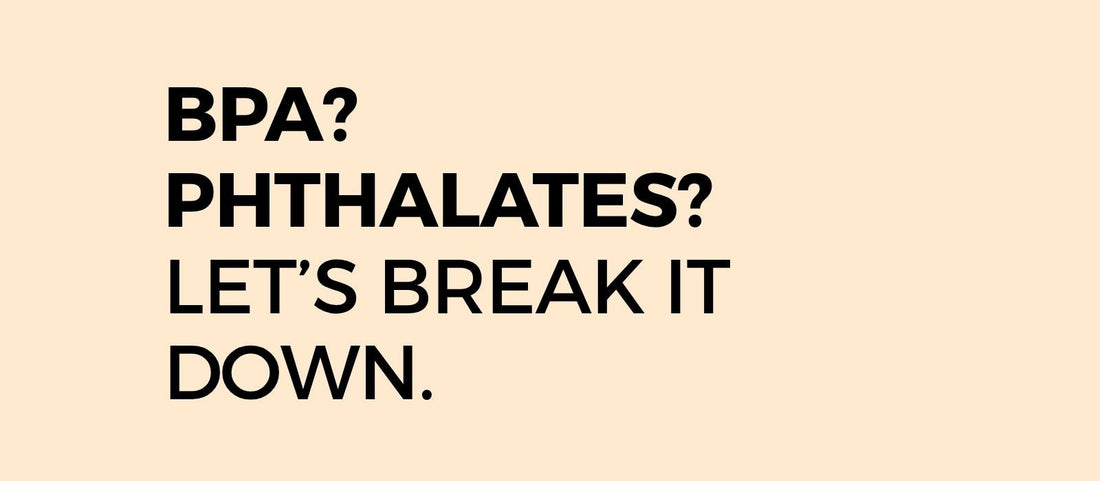
The Toxic Ingredients Hiding in Your Food Containers — and What to Use Instead
Ever find yourself nodding along when someone mentions “BPA” or “phthalates,” even though you’re not 100% sure what they are?
You’re not alone — and you shouldn’t have to be a chemist to know what’s safe for your family.
At Dreamroo, we believe every parent deserves peace of mind at mealtime. That starts with understanding what’s in your kitchen — and more importantly, what shouldn’t be.
Let’s break down the most common toxic chemicals found in traditional plastic containers, and why switching to safer materials matters.
🧪 1. BPA (Bisphenol A)
What it is:
A chemical used to harden plastics, often found in food containers, water bottles, and can linings.
Why it’s harmful:
BPA can leach into food and drinks, especially when containers are microwaved or exposed to heat. It’s been linked to hormone disruption, fertility issues, behavioral problems in children, and even an increased risk of certain cancers.
Bottom line:
If a container doesn’t say “BPA-free,” it probably isn’t — and that’s not a risk worth taking.
🧪 2. Phthalates
What they are:
A group of chemicals used to make plastic soft and flexible — often found in packaging, cling wrap, and even some baby products.
Why they’re harmful:
Phthalates are known endocrine disruptors. Research has linked them to asthma, early puberty, developmental issues, and hormone imbalances. They’re especially risky for pregnant women and young children.
Bottom line:
These are the chemicals you really want to avoid in anything that touches your food — or your baby’s.
🧪 3. Microplastics
What they are:
Tiny plastic particles that break off from containers over time — especially when scratched, washed repeatedly, or heated.
Why they’re harmful:
Microplastics have been found in everything from our blood to our placentas. While research is still ongoing, early studies suggest potential links to inflammation, cellular damage, and long-term health risks.
Bottom line:
They’re invisible — but they’re everywhere. The best way to avoid microplastics is to skip plastic altogether.
So... What Should You Use Instead?
Silicone. Specifically, 100% food-grade, BPA-free silicone — like the kind we use at Dreamroo.
Here’s why it’s a safer swap:
✅ Non-toxic and free from BPA, phthalates, and microplastics
✅ Doesn’t leach chemicals, even when heated
✅ Microwave, oven, freezer, and dishwasher safe
✅ Reusable, durable, and kid-safe
Our containers aren’t just cute — they’re smart. They’re made for families who want to store food without storing chemicals.
A Final Word from One Parent to Another
It’s easy to overlook what our food is stored in — but what touches your food ends up in your body. At Dreamroo, we’re here to help you simplify mealtime while protecting what matters most.
Because when you know better, you store better. 💛
Ready to ditch the toxins?
Explore our non-toxic, silicone storage collection.
Shop Safe Storage →
